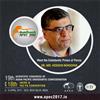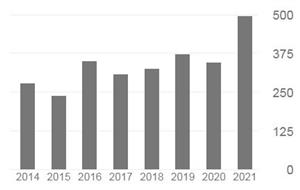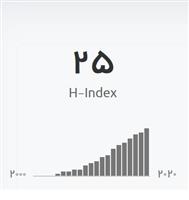Fractographic Analysis of ProTaper and Mtwo Systems: Breakage and Distortion in Severely Curved Roots of Molars
Aim: This study evaluated the distortion and fracture mode of ProTaper and Mtwo rotary instruments following their use in severely curved root canals in extracted human teeth.
Materials and Methods: A total of 30 mesial canals of mandibular molars were allocated into two groups that were balanced in terms of angle and radius of curvature. Canals were prepared by either ProTaper or Mtwo systems. Each set of instruments was changed after the third canal. Longitudinal and fractographic examinations of the instruments were carried out by scanning electron microscopy. Images were evaluated according to distortion and mode of fracture. Chi-square analysis and Fisher’s exact test were carried out at a significance level of P < 0.05.
Results: No significant difference was found between fracture and distortion percentage of ProTaper and Mtwo rotary instruments (P > 0.05). Fractographic analysis revealed that all of the Mtwo instruments demonstrated torsional failure and all but one of the ProTaper instruments (S1) showed torsional failure.
Conclusion: Fractographic examination of the fractured surface revealed shear fracture was the predominant mode of failure. Root canal curvature was an essential parameter influencing the susceptibility of instruments to fracture.














